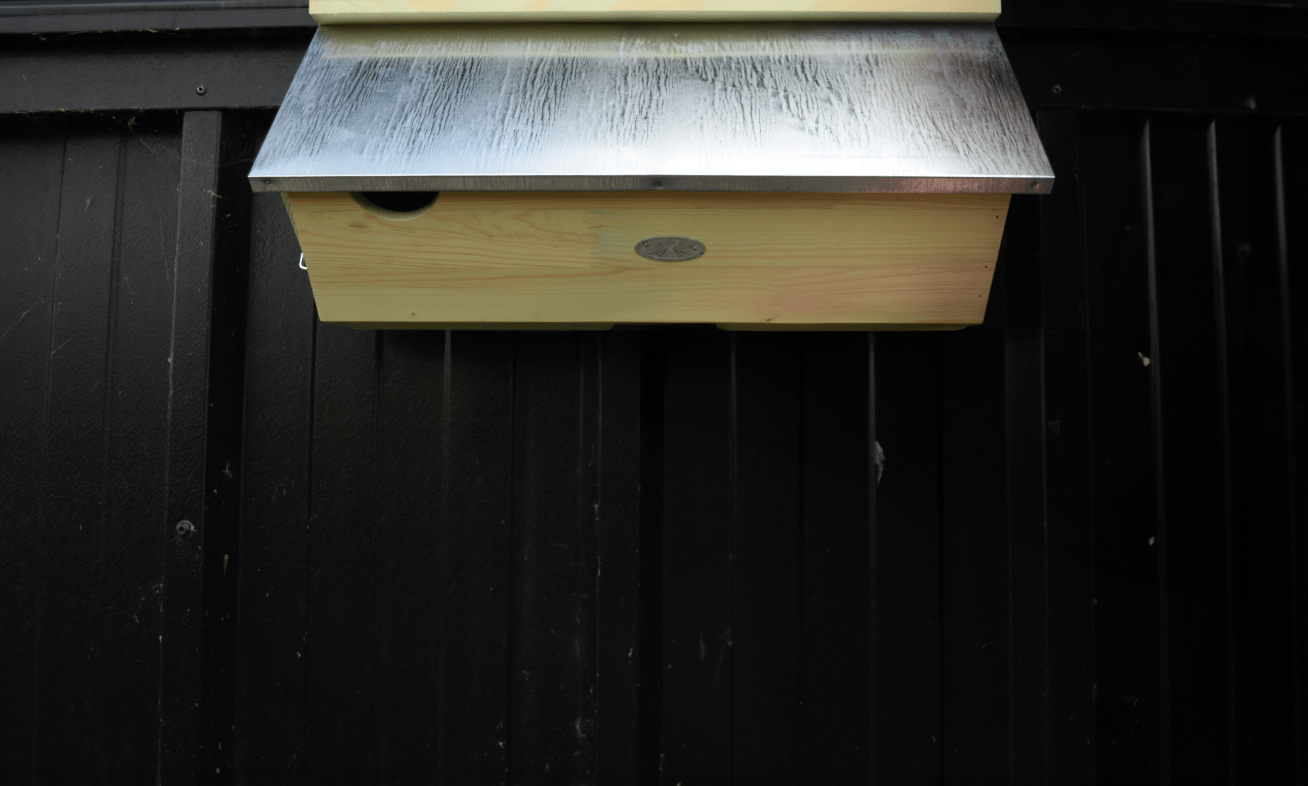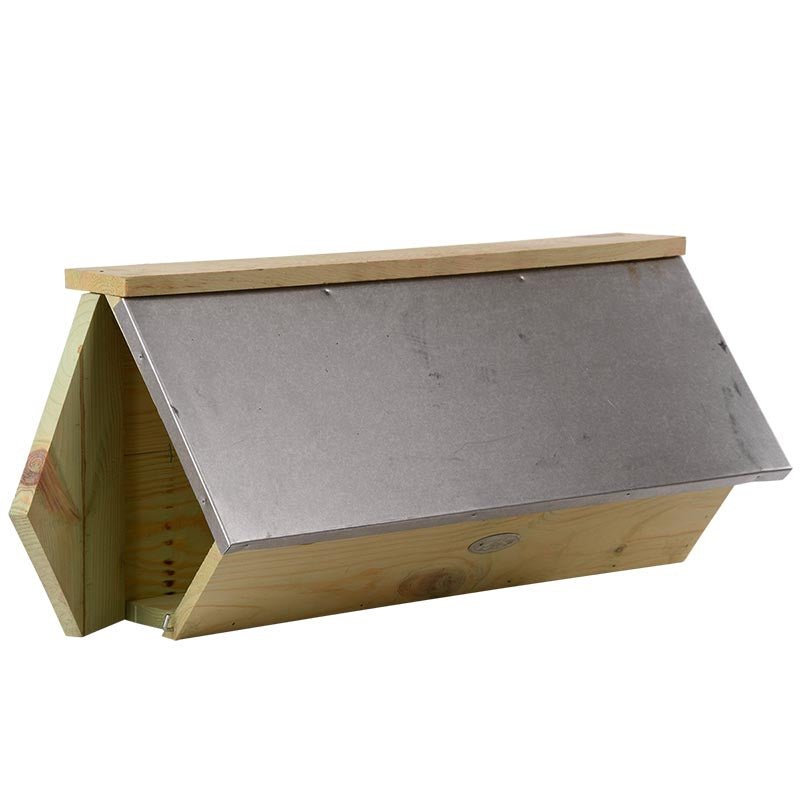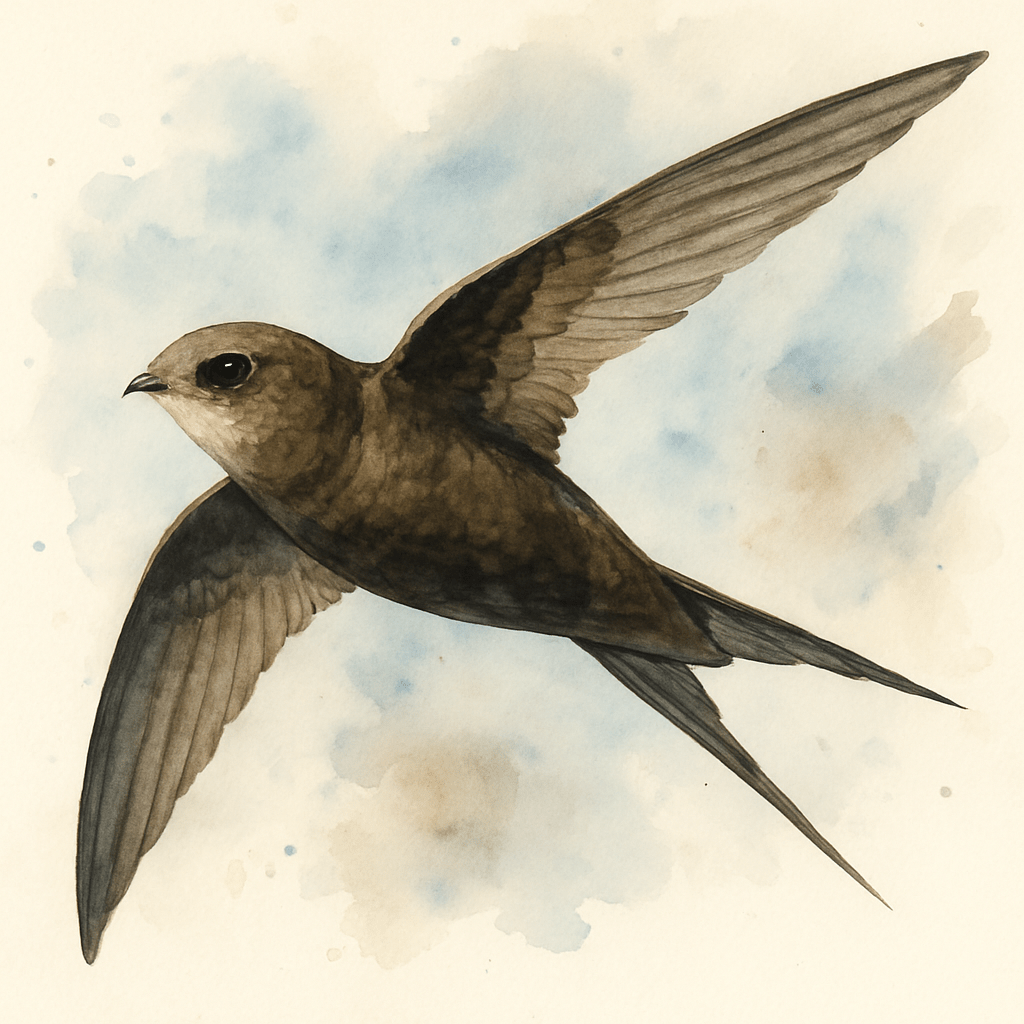Swifts: Nature’s Aerial Acrobats

There are few sights more exhilarating in summer skies than the shrieking, scythe-winged silhouettes of swifts darting through the air. These remarkable birds spend almost their entire lives on the wing and grace the UK with their presence for just a few short months each year. Swift members have been declining in recent decades, so now more than ever, it’s important to understand and appreciate these magnificent creatures - and to learn how we can help them.
When Can Swifts Be Seen in the UK?
Swifts are true migrants, travelling thousands of miles each year between Africa and Europe. In the UK, they typically arrive in early May, heralding the start of summer with their distinctive high-pitched calls and fast-flying flocks. By late July to early August, they begin to depart again for their wintering grounds in central and southern Africa.
Their visit is brief but magical. If you’re keen to catch a glimpse of these sky dancers, the peak time to spot them is between mid-May and mid-July, when they’re busy nesting and feeding their young. Towns, cities and villages across the UK become temporary homes to these birds, especially where old buildings offer suitable nesting sites.

What Do Swifts Do at Night?
Here’s where swifts truly become astonishing. While most birds roost at night, swifts don’t necessarily follow suit. Non-breeding swifts, especially younger birds, are known to stay aloft all night. They climb to extraordinary heights - up to 3,000 metres or more - and enter a sort of gliding, resting flight, using minimal energy as they cruise through the night skies. During these overnight flights, their activity levels drop, and scientists believe they may even ‘sleep’ with one half of their brain at a time - a phenomenon seen in some other birds and aquatic mammals. For breeding adults with chicks to feed, nights are usually spent in their nests, tucked safely inside roof spaces, eaves or nest boxes.
How to Help a Swift
Swifts have coexisted with humans for centuries, often nesting in gaps beneath roof tiles, under eaves, or inside old buildings. However, modern building practices and renovations have removed many of these traditional nesting sites. As a result, swift populations in the UK have declined by over 50% since the mid-1990s.
Luckily, there are several simple and effective ways you can help swifts thrive:
-

Install a Swift Nest Box
One of the best ways to support swifts is by putting up a specially designed swift nest box. These should be placed at least 5 metres above the ground, on a wall that has a clear flight path (free from obstructions like trees or wires) and tightly under the eaves of a building where the roof overhangs the wall. North, northeast or east facing walls are ideal and boxes should be installed before the swifts arrive in May.
-

Preserve Existing Nest Sites
If you’re planning building work, consider whether swifts currently nest in your property. Try to preserve existing holes and crevices where possible or replace lost nesting spaces with swift bricks or boxes. These small changes can make a big difference to the survival of local colonies.
-

Support Insect-Friendly Habitats
Swifts depend entirely on flying insects. Help increase insect populations by planting pollinator-friendly flowers, avoiding chemical pesticides, and supporting biodiversity in your garden or local green space.
-

Help Grounded Swifts
Swifts are incredibly aerial birds with very short legs, which means they struggle to take off from the ground. If you find a swift on the ground, it's often in trouble. Carefully pick it up using clean hands or a soft cloth, place it in a ventilated box, and contact a wildlife rescue centre for advice. Never try to throw a swift into the air yourself - if it’s grounded, it may be injured or unwell.
Haiths to Home
Swift Box
Share



Fascinating Facts About Swifts
- Lifespan: Swifts can live up to 20 years, and over their lifetime, a single bird may fly more than 3 million kilometres - the equivalent of four round trips to the moon!
- Speed: They can reach speeds of over 100 km/h in level flight, making them one of the fastest birds in the world.
- Family life: Swifts usually return to the same nest site year after year, often pairing with the same mate.
- Swifts vs Swallows: Swifts are often confused with swallows or house martins, but they are not closely related. You can distinguish swifts by their long, scythe-like wings and screeching calls, and by their all-dark plumage.

Swifts are among nature’s most remarkable birds - enigmatic, fast-flying, and almost entirely airborne. Their annual visit to the UK is brief but memorable, filling our summer skies with aerial ballets and their unmistakable cries. By understanding their needs and making small, practical changes - like installing nest boxes or supporting insect populations - we can all do our bit to welcome them back year after year. So, the next time you hear their wild scream overhead, take a moment to look up and marvel. The swifts are back - and they’re depending on us more than ever.





